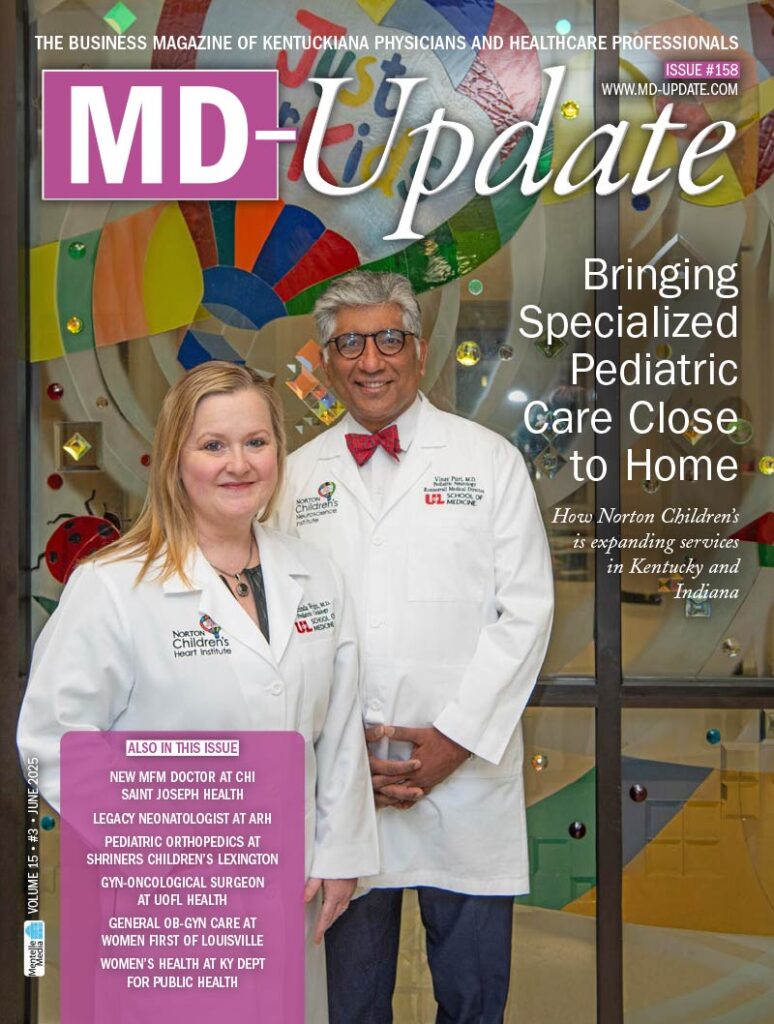With reimbursement shifting towards quality care and patient outcomes, it’s necessary for medical practices to take a fresh look at their business processes to ensure potential collections are not leaking through the revenue cycle.
Most physicians want to see patients, practice medicine, perform care and go home. The practice administrator typically addresses staff concerns, patient complaints, reviewing contracts, and responding to physician inquiries. It takes dedicated focus, time, and energy to manage those critical tasks to convert patient visits into reimbursement.
In our experience many physician practices have excellent staffs that ensure patient insurance and benefits are accurate, charges are entered timely, and patients are treated in a professional and courteous manner when billing questions arise. Furthermore, most physician practices have trained team members that are skilled in only a small portion of the back-office responsibilities necessary for high patient satisfaction and profitable outcomes. Too often, we observe a practice has only one certified professional coder experienced in assigning the appropriate medical codes for their unique patient mix and related services. We hear that employees dread taking time off from work because their work goes undone in their absence. We see the trend lines associated with staff turnover related to charge entry, cash posting, and A/R follow-up on denials. These things may seem trivial, but they add up financially over time, and take a toll on employee morale and productivity.
While there is no single cure for ensuring all revenue is collected, all of the time, there are five key areas that we routinely see that improve financial performance and mitigate risk within the business office.
1. Conduct a medical coding and chart documentation review.
Almost any practice will benefit from conducting a routine medical coding assessment of its claims. Whether the end result confirms the practice’s coding habits or identifies missed revenue or compliance concerns, a coding audit is the most useful tool for a practice to improve performance and ensure consistency between providers.
2. Analyze patient balance amounts transferred to bad debt.
No single point of data more clearly demonstrates success at collecting patient balances than reviewing what went uncollected and subsequently transferred to your bad debt collection agency. Dean Dorton recommends taking a deeper look at the details of what was transferred to collections in a recent twelve-month period. In reviewing this data, look for trends associated with “frequent flyer” patients who rarely make payments or for those “common balance after insurance” amounts, such as $25, $50, and $100 that indicate a potential co-payment or patient financial responsibility debt that went uncollected. Identifying these patients help the practice better collect them on the front end.
3. Identify underpayments.
Also known as partial payments or partial denials, an underpayment can be difficult to identify without the use of a contract management system. Many practices rely on their cash posting team members to identify underpayments and resolve them appropriately. For some that may be effective, but it can place too much at risk in the hands of a select few employees. A comprehensive approach to underpayment identification and resolution includes resources from information technology, patient accounting and finance. Top performing practices reconcile expected reimbursement to actual on a continuous basis to ensure that appropriate payment is received.
4. Cross-train business office staff.
Most practices cannot afford more than one coder, one Medicare biller, or one person to post electronic payments, but relying on a small number of employees to complete tasks with great financial consequence is a significant risk. With little or no cross-training of staff, backlogs are inevitable. This leads to sluggish cash collections, poor morale, and dependency on a select few. Cross-training team members to complete multiple tasks and/or contract with service providers to ensure tasks are completed when team members are absent, is critical.
5. Be proactive in follow-up efforts.
Efficient, high performing business offices make proactive account follow-up a daily routine. Charges are entered and reconciled daily; payments deposited and applied to accounts daily. Unpaid open account balances must be proactively worked on a daily basis. By utilizing work queues or even an aged trial balance, practices can identify high value accounts that need follow-up in order to get paid. Working accounts in descending dollar order has the most significant impact on a practice. Typically, 80% of a practice’s outstanding A/R is comprised of only 20% of the encounter volume. These accounts must get worked as part of the team’s daily responsibilities to ensure strong cash collections.
Focusing on these five areas are just a small part of ensuring a practice is as effective and efficient as it can be in converting patient visits to revenue.
Adam Shewmaker, FHFMA, is director of Healthcare Consulting Services for Dean Dorton. He can be reached at: 502.566.1054 or ashewmaker@deandorton.com






